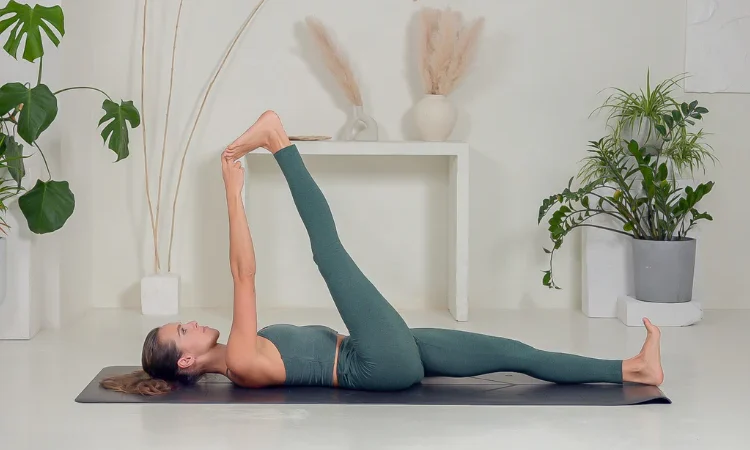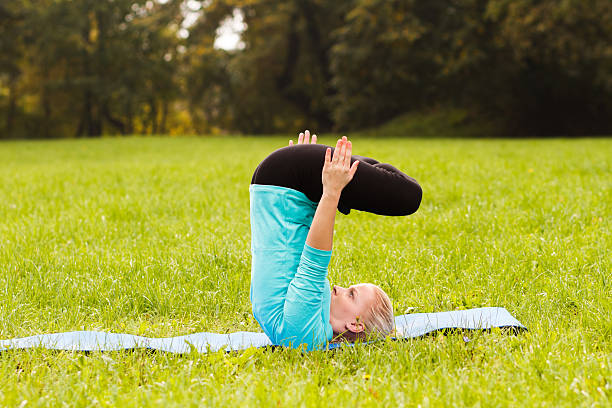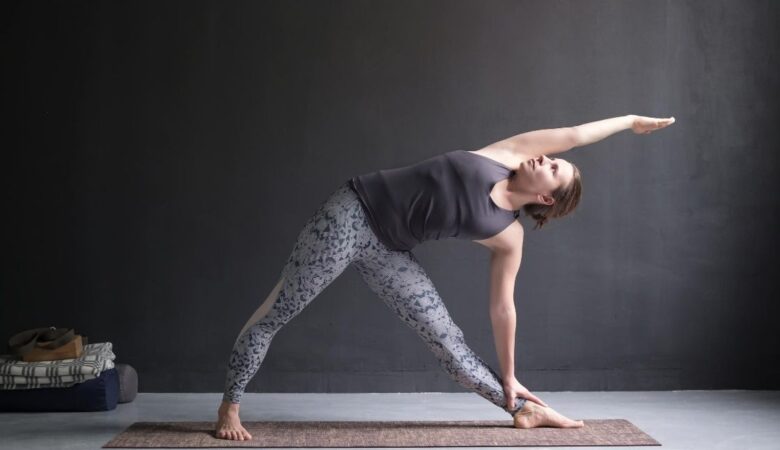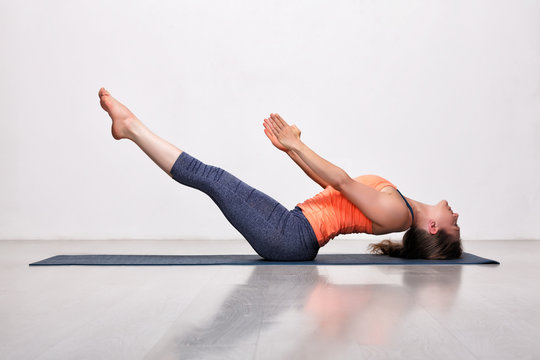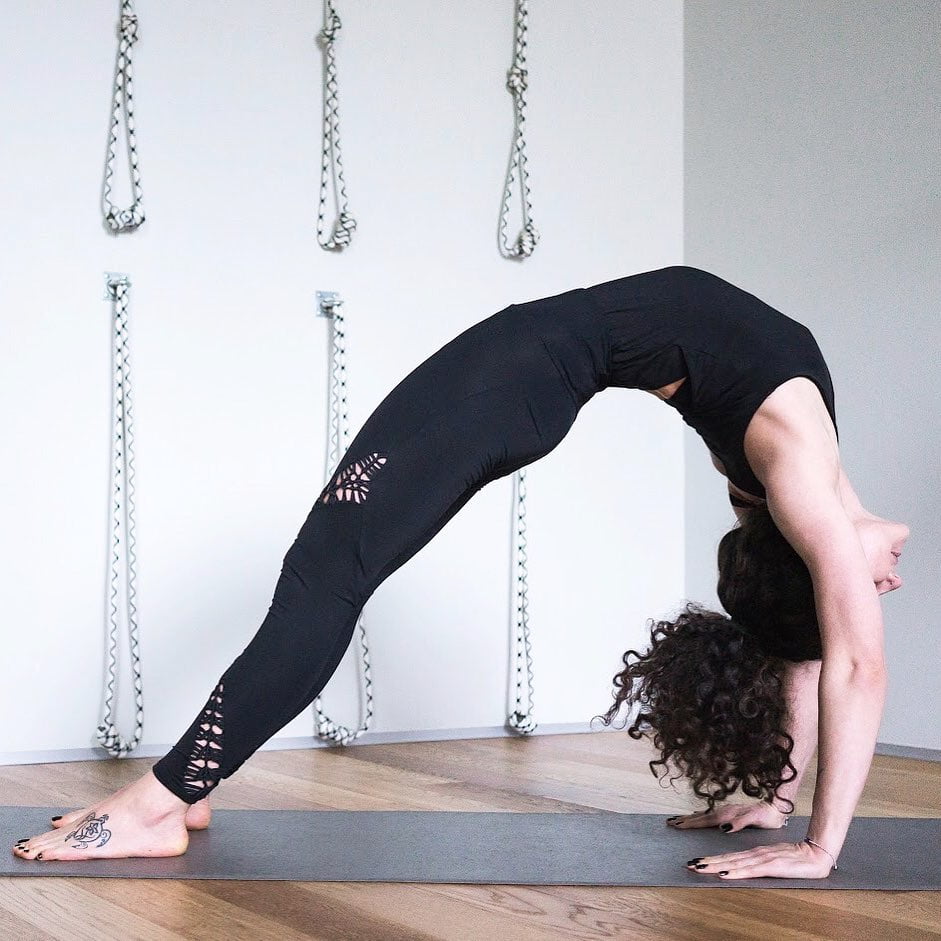
Sanskrit Name: Urdhva Dhanurasana/Chakrasana (ऊर्ध्व धनुरासन/चक्रासन)
English Name: Upward-Facing Bow Pose
Level of Yoga: Basic
Duration: As per your capability or 1 to 5 minutes
Target Area: Lung, Thorax, Abdomen
Strengthens: Legs, Back, Arms, Abdomen, Vertebral Column, Wrists, Buttocks
Urdhva Dhanurasana or Chakrasana is one of the various yoga postures that have many health benefits. It helps reduce weight by reducing fat from our body. And it helps us fight against many diseases. Let’s know the in details about the Urdhva Dhanurasana or Chakrasana (Upward-Facing Bow Pose).
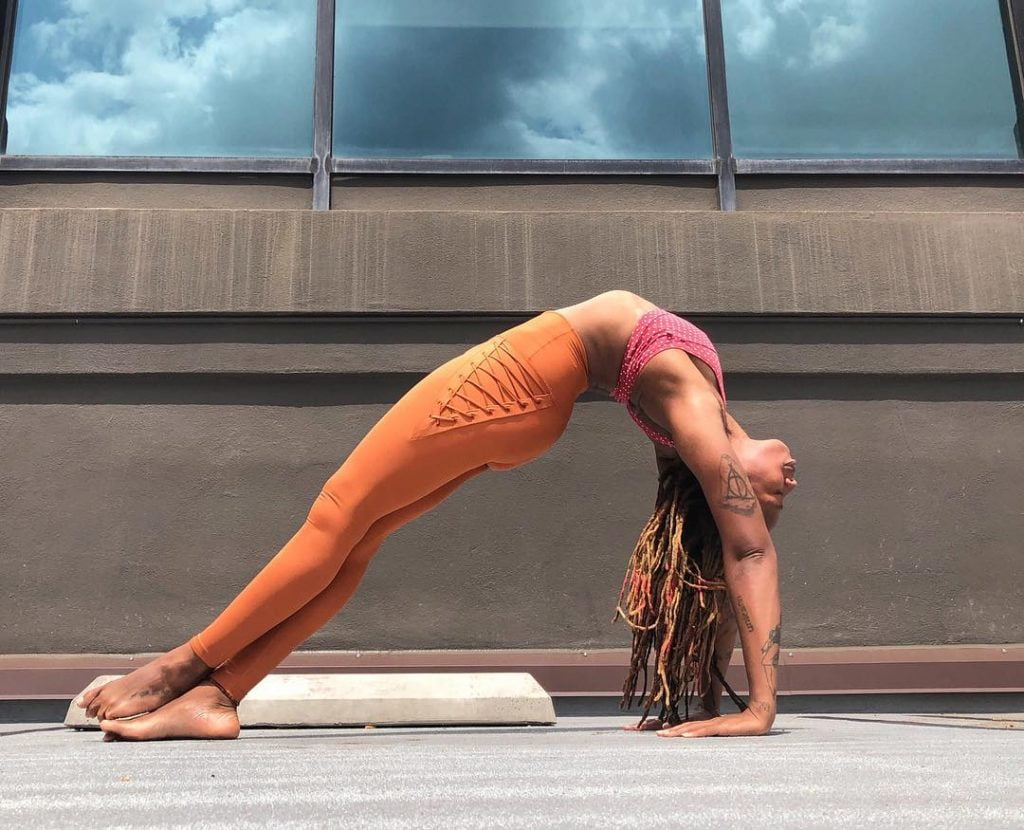
Table of Contents
What Does It Mean By Urdhva Dhanurasana or Chakrasana?
Urdhva Dhanurasana is also known as Chakrasana, it is a Sanskrit word that is made up of three words, in which
The first word is “Urdhva (उर्ध्व)”, which means “Upward-Facing”
And the second word is “Dhanur (धनुर)”, which means “Bow”
The third word is “Asana (आसन)”, which means “Yoga Asana”
Your position in the Chakrasana looks like the Upward-Facing bow. Chakrasana is backbend yoga; it is also called Wheel Pose in English. Let’s know the method of doing this asana.
Preparatory Poses of Urdhva Dhanurasana:
- Setu Bandahasana (सेतुबंधासन) or Bridge Pose
- Halasana (हलासन) or Plow Pose
- Virasana (विरासान) or Hero Pose
- Bhujangasana (भुजंगासन) or Cobra Pose
- Kapotasana (कपोतासन) or Pigeon Pose
- Urdhva Mukha Svanasana (ऊर्ध्व मुख श्वानासन) or Upward-Facing Dog Pose
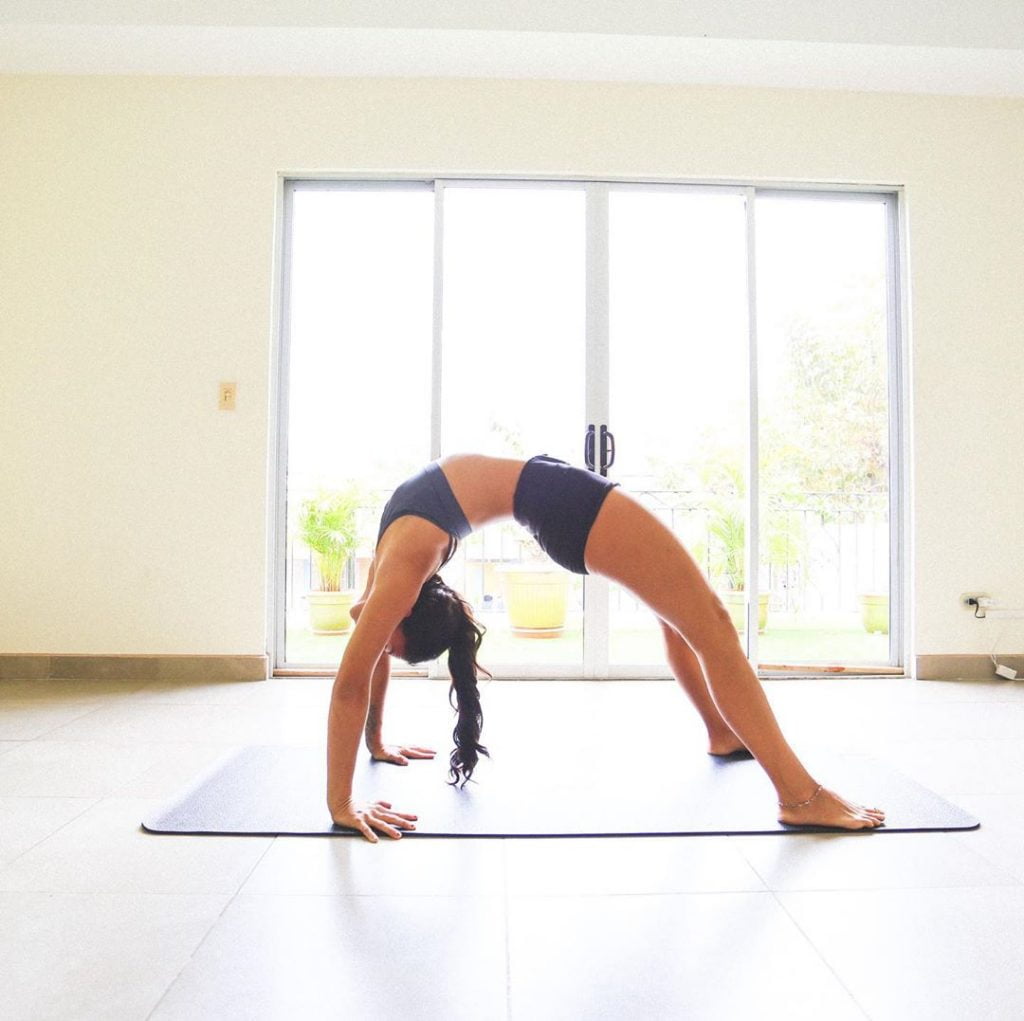
Method of Doing Urdhva Dhanurasana or Chakrasana (Upward-Facing Bow Pose):
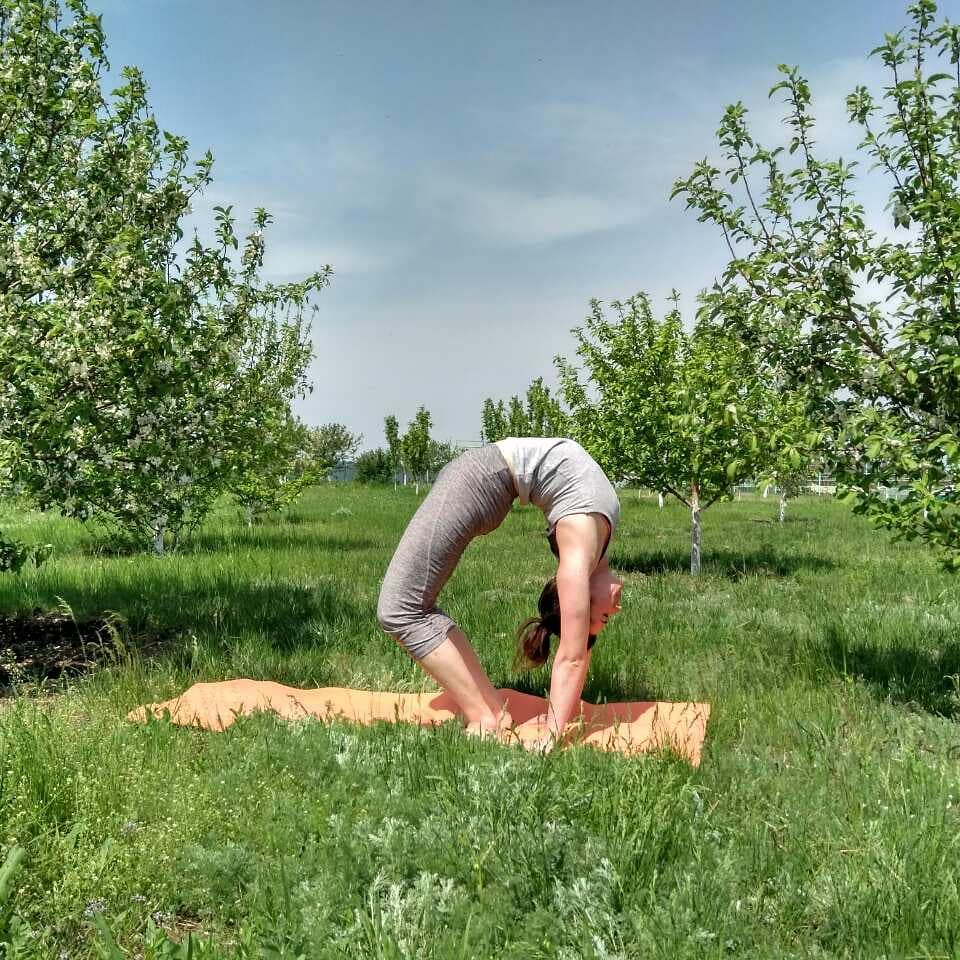
Method 1 of Urdhva Dhanurasana:
- To do this posture, first of all, lie down on your back on the floor or on a yoga mat
- Keep your both hands and legs straight
- After that, turn your legs from the knee
- Now take your hands back to your head and hinge on the ground
- Now take your breath inwards and putting weight on your feet, lift the hips up
- After this, putting weight on both your hands, lift your wrists up and slowly move your hands straight from the elbow
- Keep in mind that the distance between the two legs and the distance between the two hands should be the same
- Keep your hands and feet completely straight
- After this, try to bring both of your hands close to your feet and bring as close as possible
- Try to do it according to your capacity do not do it forcefully.
- Focus your vision between hands.
- Stay in the asana for 5-10 seconds, then head back to the ground
- Leave the breath while you are coming down
- Practice 2-3 sets of this asana each day.
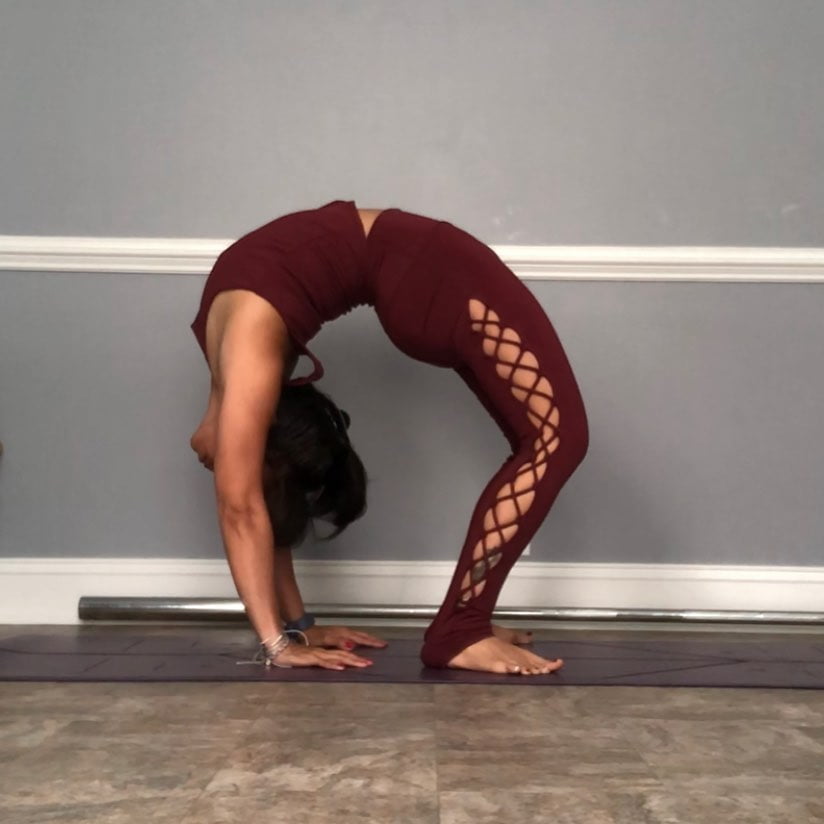
Method 2 of Urdhva Dhanurasana:
- To do this, you can start with Ustrasana or Kapotasana
- For this, you stand straight on the mat
- Stand upright on both sides of your hands
- After this, bowing your neck backward, tilt both hands backward too
- Now let’s tilt your waist backward
- And retain both hands behind the ground
- After that, bring both hands and feet together
- In this situation, stay for at least 15 to 20 seconds
- Tilt your hands in your opening position and then tilt your legs too
- Then straighten your legs
- Try to do it according to your capacity do not do it forcefully.
- Focus your vision between hands.
- Stay in the asana for 5-10 seconds, then head back to the ground
- Leave the breath while you are coming down
- Practice 2-3 sets of this asana each day.
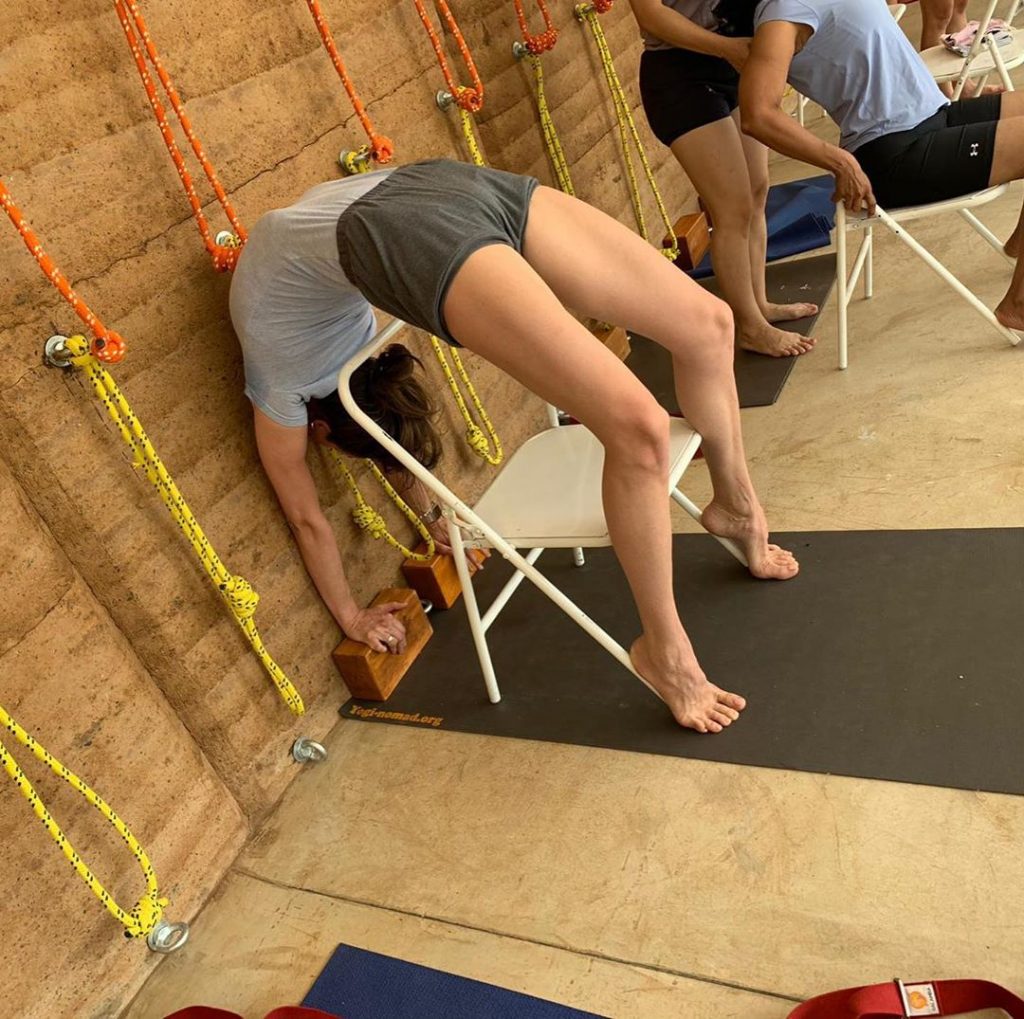
Beginner’s Tips:
If you find the Urdhva Dhanurasana difficult, you can make a bridge in exchange for it
To make this posture easy, you can put Yoga blocks under your hands
Keep the blocks struck with a wall so that they do not slip
Follow-Up Poses of Urdhva Dhanurasana (Upward-Facing Bow Pose):
- Sarvangasana (सर्वांगासन) or Shoulderstand
- Karnapidasana (कर्नापीड़ासन) or Ear Pressure or Knee to Ear Pose
- Halasana (हलासन) or Plow Pose
- Urdhva Padmasana (ऊर्ध्व पद्मासन) or Inverted Lotus Pose
- Ardha Matsyendrasana (अर्ध मत्स्येन्द्रासन) or Half lord of the fishes pose or Half spinal twist pose
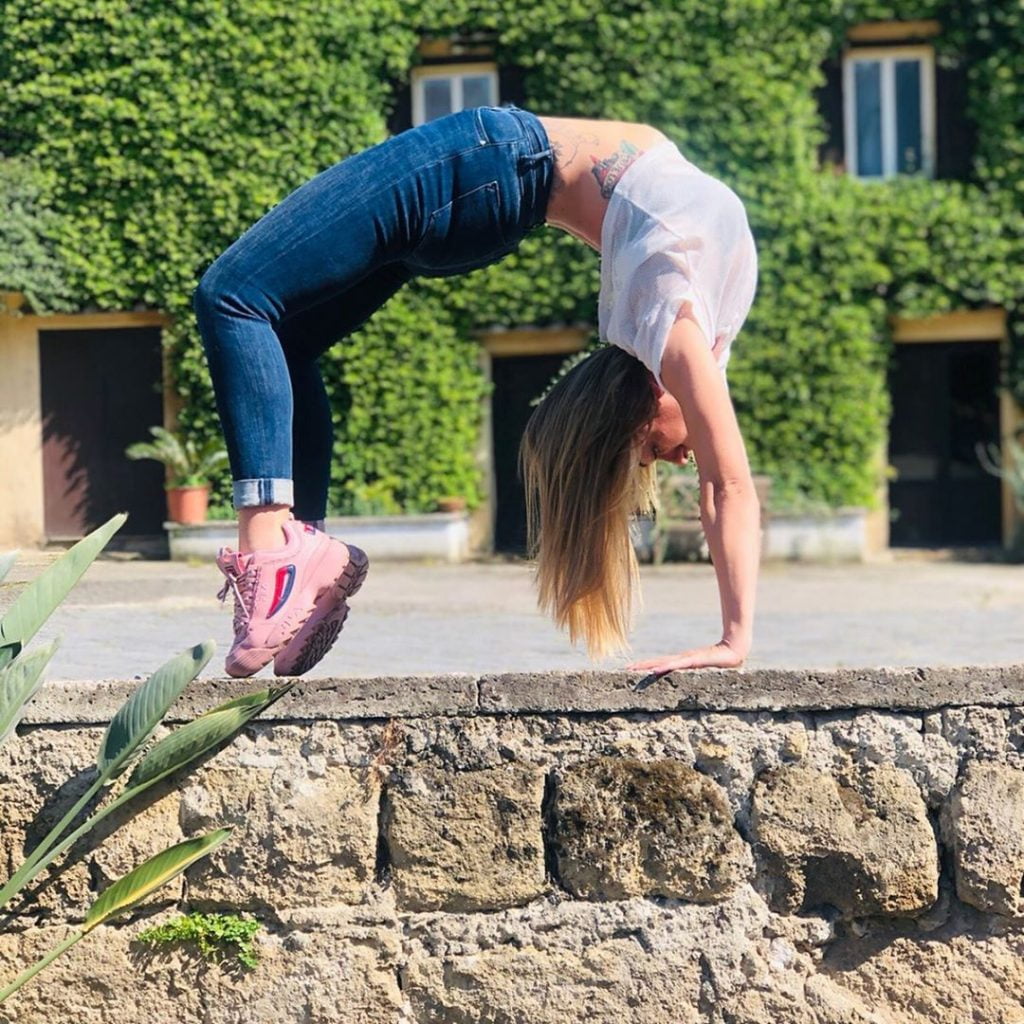
Precautions of Urdhva Dhanurasana:
It is very important to have certain precautions to make the Chakrasana or Urdhva Dhanurasana (Upward-Facing Bow Pose):
If you have pain in your wrist or you have carpal tunnel syndrome, then you do not do this posture.
In case you have pain in your back, then do not do this posture.
If you have pain in your head and you are troubled by high blood pressure problem, then you should not do this posture.
Pregnant women do not do this posture.
If you have pain in your shoulders, then you do not do this posture.
In case you have diarrhea, heart problems, hypertension or low blood pressure, do not practice Upward-Facing Bow Pose
Do not put too much emphasis on your physical ability.
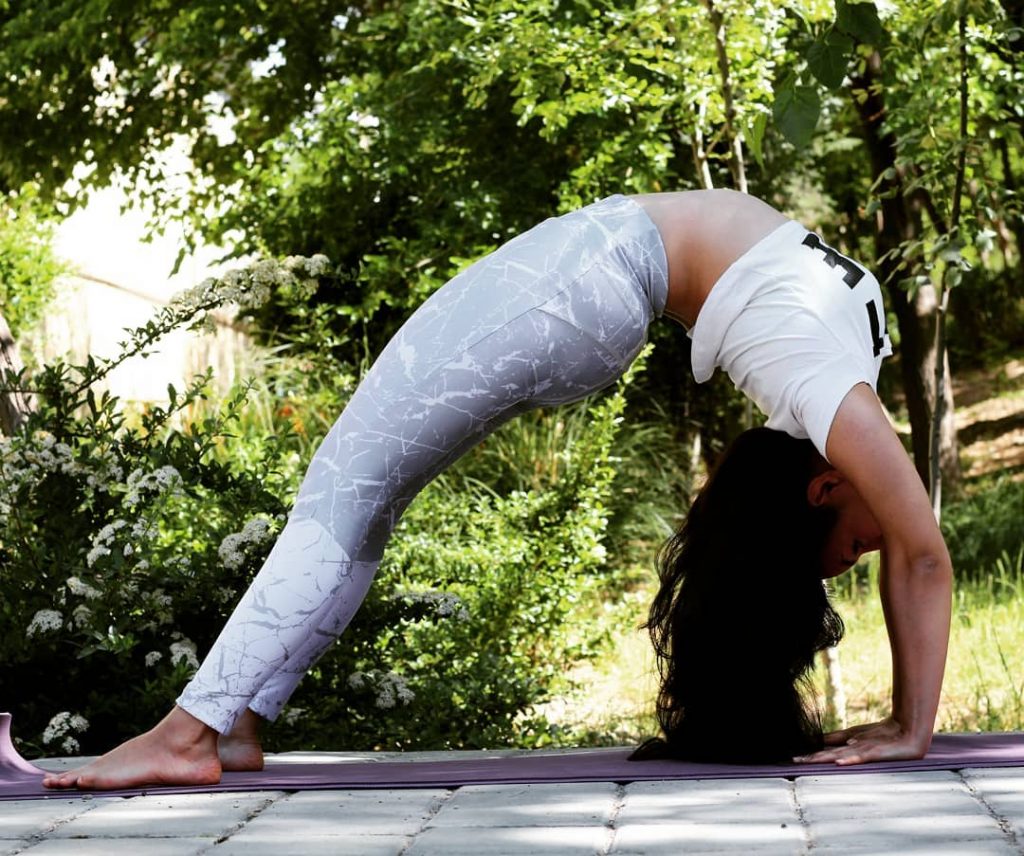
Benefits of Urdhva Dhanurasana:
Like every posture, Urdhva Dhanurasana also has many benefits. Some of them are:
- Brings stretch to the chest and lungs
- Urdhva Dhanurasana makes legs, buttocks, spinal cord, muscles, and wrists strong
- This yoga posture helps in improving the posture of the body and stimulates the abdominal organs.
- Urdhva Dhanurasana stimulates the Thyroid and Pituitary glands
- Most body weight is borne by arms and wrists, making them stronger.
- Upward-Facing Bow Pose increases physical and mental energy and reduces depression
- Chakrasana is therapeutic for asthma, back pain, infertility and osteoporosis
- Stretches back and strengthens it, thus pain relief in the lower part of the body provides relief to the body.

